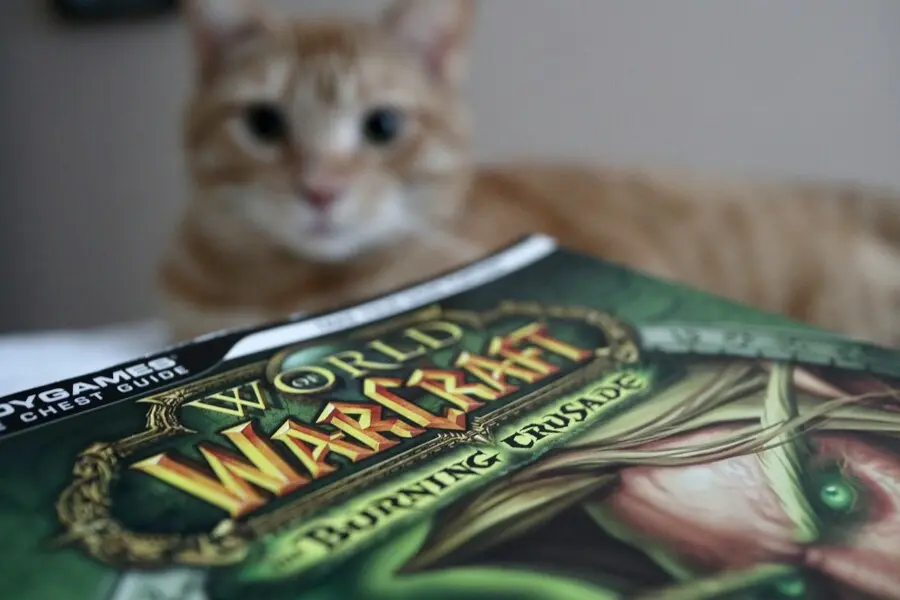These days, rather than go to paper and ink, everyone from corporate presentation givers to best selling novelists is taking the electronic path to publication. E-books have afforded so much flexibility to the publishing process that they have practically unlimited applications and uses, and it seems that they are just getting started in terms of their power to promote writers of all kinds and every conceivable genre.
Just 10 years ago, for example, before e-books really hit their stride, the only real option for a writer or author was to go to a printer or publisher and endure the long and arduous ordeal of going from a rough manuscript to a paper and ink publication. That meant that those who needed a short report for the academic world had to go to a print shop with the entire report in a special printable format and then pay for it to be converted into a bound report. If you needed a booklet to hand out at the office of a non-profit association the process was the same, and if your goal was to put together a corporate annual report, departmental report, or a technical manual or policy handbook, you still had to go through the same basic steps that it took to publish a novel.
It cost a tremendous amount of money and more importantly, it caused a huge lag time in production. By the time your report was published, the information in it might have become outdated and obsolete. The policies may have changed, or the academic breakthrough you wanted to present to the university community might have been published elsewhere by someone with a more efficient printing press.
Then there were the practical restrictions of conventional printing, such as minimum and maximum page counts, the issue of paper thickness and quality, and the choice of ink or color separations. There were important but sometimes difficult decisions to make regarding bindings and covers, and if the spine of a smaller book was not at least a quarter of an inch think it could be rejected by stores because there wasn’t enough room to display the title on the spine.
All that changed thanks to the creation of e-books, which now represent the new frontier in terms of publishing and printing of books – whether they are short pamphlets and reports or large, full-sized and full-color books. Today it is possible to use online templates and virtual bindings – plus upload amazingly vibrant full-color photos – and produce a book in no time at all. As choices are made it is possible to see realistic previews of the finished e-book, and none of these valuable steps in the process have to add extraordinary costs to the book as they used to do before e-book technology came along.
You can use an e-book to create a report and send it across your company’s department or to multi-national corporate departments spread across the globe. You can build an electronic scrapbook or family history book for limited distribution to your family members, or go online with a high school yearbook that can be read by classmates anywhere in the world. Put your new novel out to the public through book promotion sites and then use the publicity to launch international sales through a global bookstore like Amazon. Or publish your book the old-fashioned way and then display and promote it in sections, excerpts, or an alternative electronic format by converting all or part of it into an e-book. The possibilities are endless, and the format for e-books is entirely flexible.
E-books have replaced traditional books that run the whole gamut and range from small poetry chapbooks to full-fledged novels and comprehensive technical manuals. If you can imagine it in print – from a 5,000 word speech you want to share through an e-book to a series of how-to e-books that teach someone how to build a house or launch a business – you can accomplish your goals in record time through the rapidly expanding global e-book industry.
Source by Nic Gremion












